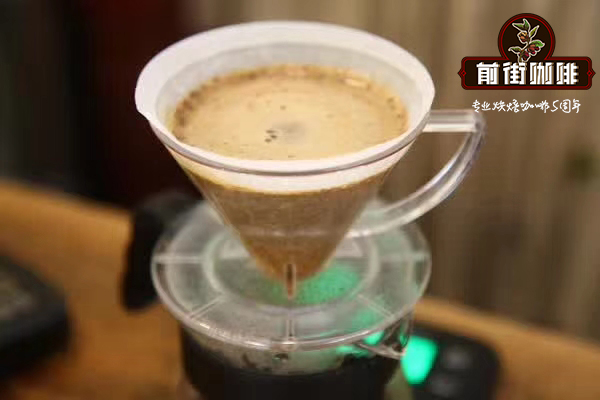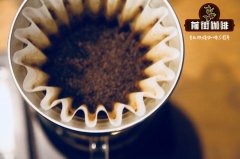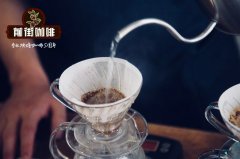Coffee bean processing methods how many coffee bean processing methods and characteristics comparison of coffee bean processing methods

Professional coffee knowledge exchange more coffee bean information please follow the coffee workshop (Wechat official account cafe_style)
Coffee processing method
After the coffee is harvested, it is treated by taking the coffee beans out of the raw fruit. There are a variety of techniques for processing coffee; each technology affects the taste of the final product.
The most popular coffee processing methods are as follows:
Drying process: also known as unwashed or natural process. In the process, the newly harvested coffee cherries are sorted and dried. In some cases, depending on the yield of the plantation, cherries are dried by machine after being exposed to the sun for a few days. To ensure that the cherries are evenly dry, apply evenly every day and rake regularly. Cherries need to be dried in the sun for four weeks before they have no extra moisture.
It is important for cherries to dry properly, because excessive drying can cause coffee beans to become brittle and unable to make good baked products. On the other hand, cherries with high water content are not easy to store because they are vulnerable to bacteria and fungi.
If handled properly, the dried coffee will form a full-bodied coffee.
Semi-dry method: the beer brewed by semi-dry method is full-bodied, earthy and slightly acidic. This is a relatively new processing method and is usually used in Brazil and Indonesia. Also known as "wet shelling" or "semi-washing", this process involves wet grinding, in which the peel of coffee cherries is mechanically removed by a pulping machine. After that, the mucus may be washed off before the coffee beans dry. In some cases, the mucus is not washed off and the coffee beans are left to rest for a day before drying.
Wet method: generally speaking, the wet method is to wash the coffee pulp to expose the coffee beans. Wet treatment is often used to reduce the acidity of gourmet coffee; this leads to a balanced coffee with a vibrant and almost fruity essence.
Here are two methods of wet treatment:
Fermentation washing: in this process, when the cherry is fermented, the pulp is decomposed by microorganisms. The fermentation process decomposes the cellulose in the pulp and releases the coffee beans. Then wash the cherries and separate the coffee beans from the pulp.
Machine-assisted wet treatment: in this process, the cherries are mechanically scrubbed until they separate and the coffee beans are released.
After the coffee beans are separated, they can be dried in the sun.
END
Important Notice :
前街咖啡 FrontStreet Coffee has moved to new addredd:
FrontStreet Coffee Address: 315,Donghua East Road,GuangZhou
Tel:020 38364473
- Prev

Characteristics of Coffee Solar treatment introduction of Abel Peony in Buguji Valley, King of Africa
Professional coffee knowledge exchange more coffee bean information please follow the coffee workshop (Wechat official account cafe_style) front street-Ethiopia King of Africa Huakui Bugu Abel Peony introduction "King of Africa Peony / cuckoo Abell" when the whole world is crazy about geisha Geisha, Ethiopia in recent years gave birth to a very powerful coffee called "cuckoo"
- Next

Sun-treated coffee is sun-treated coffee good? sun-treated coffee beans are good to drink by hand?
Professional coffee knowledge exchange more information about coffee beans Please follow the coffee workshop (Wechat official account cafe_style) We often talk about the varieties or regions that affect the taste of coffee, but equally important is the way coffee is processed. Both natural (or dry) processing and washing (or wet) processing turn ripe coffee cherries into green coffee that can be exported. Of these two technologies,
Related
- Beginners will see the "Coffee pull flower" guide!
- What is the difference between ice blog purified milk and ordinary milk coffee?
- Why is the Philippines the largest producer of crops in Liberia?
- For coffee extraction, should the fine powder be retained?
- How does extracted espresso fill pressed powder? How much strength does it take to press the powder?
- How to make jasmine cold extract coffee? Is the jasmine + latte good?
- Will this little toy really make the coffee taste better? How does Lily Drip affect coffee extraction?
- Will the action of slapping the filter cup also affect coffee extraction?
- What's the difference between powder-to-water ratio and powder-to-liquid ratio?
- What is the Ethiopian local species? What does it have to do with Heirloom native species?

